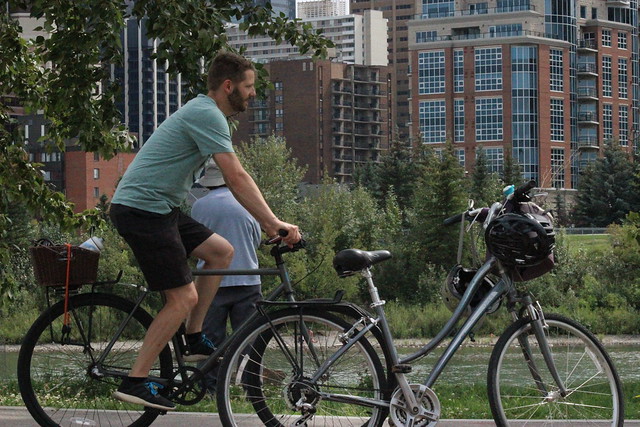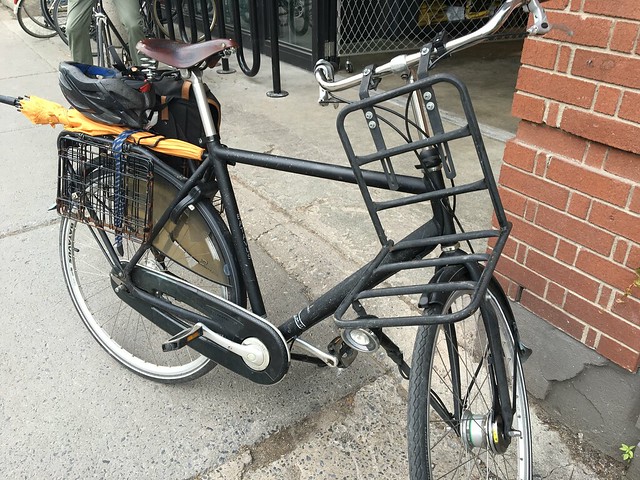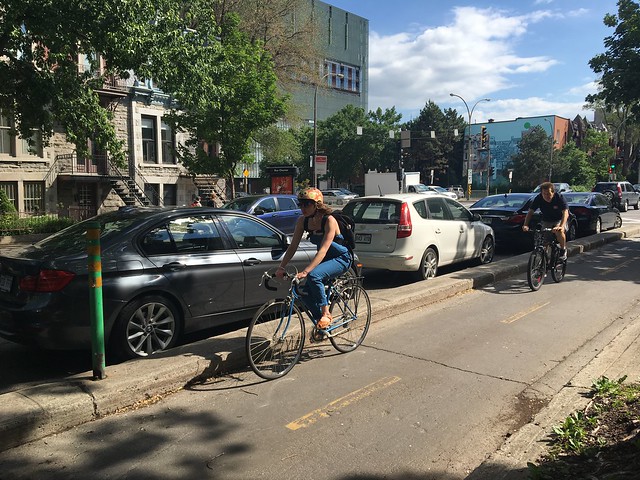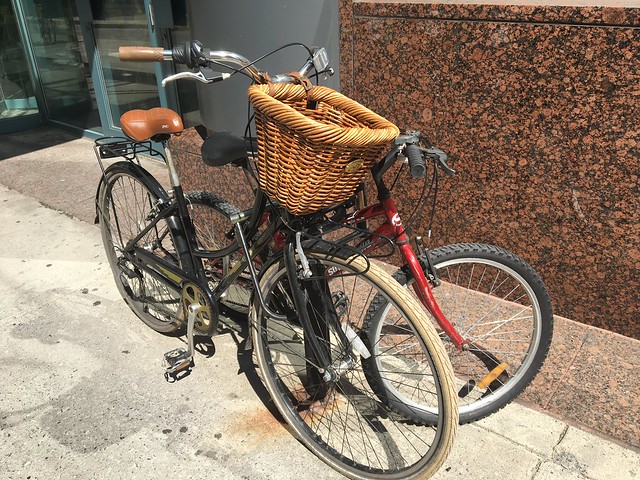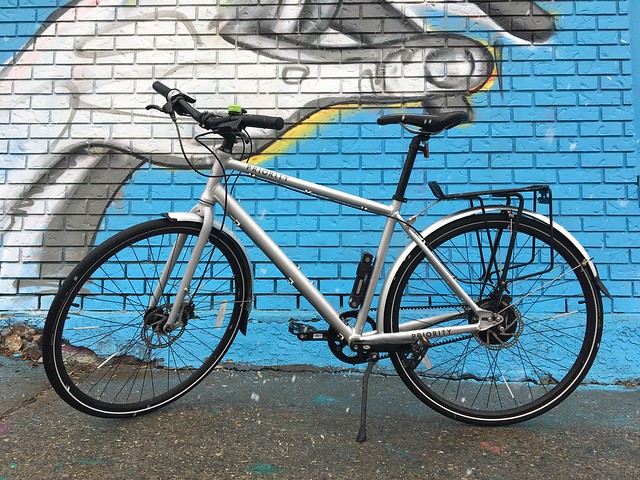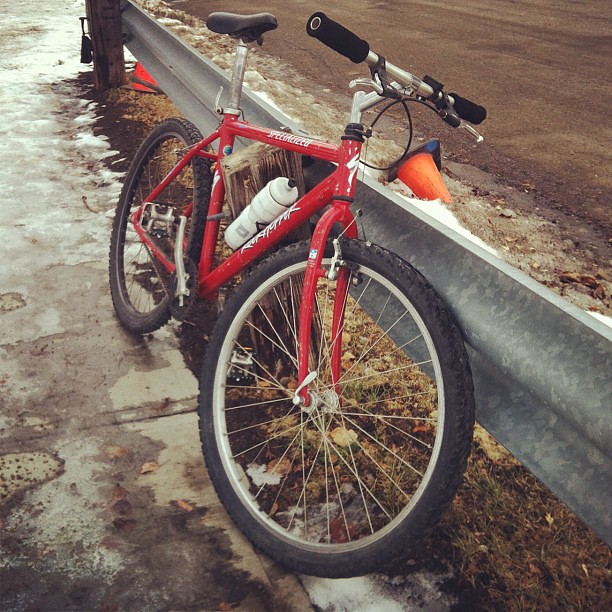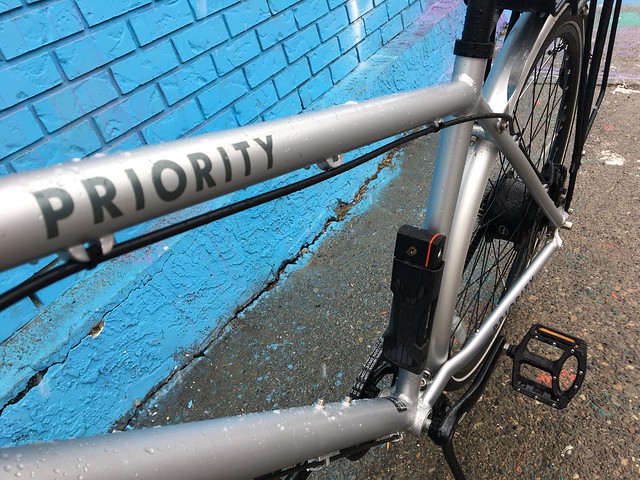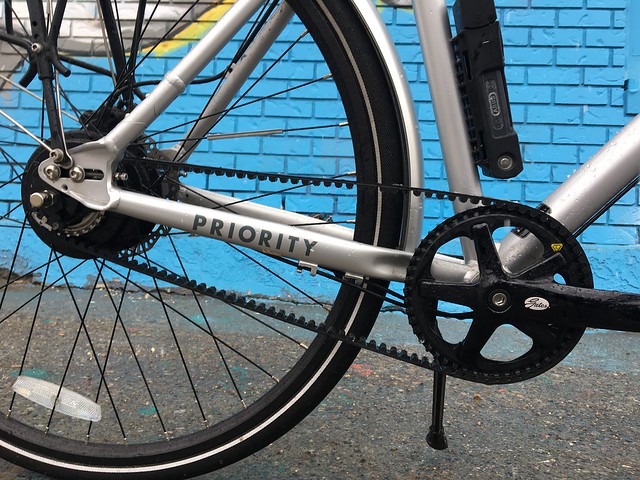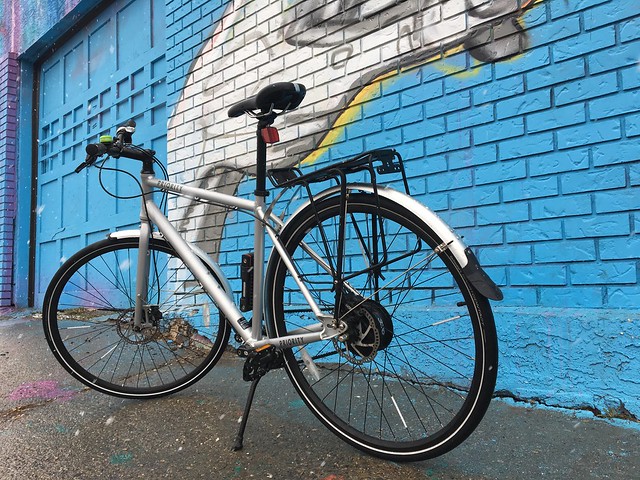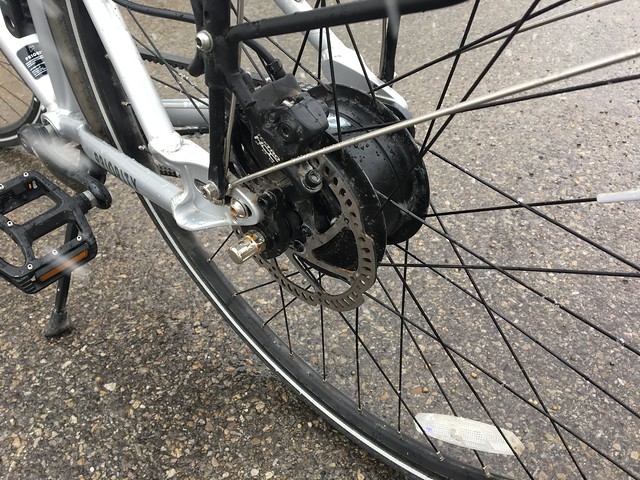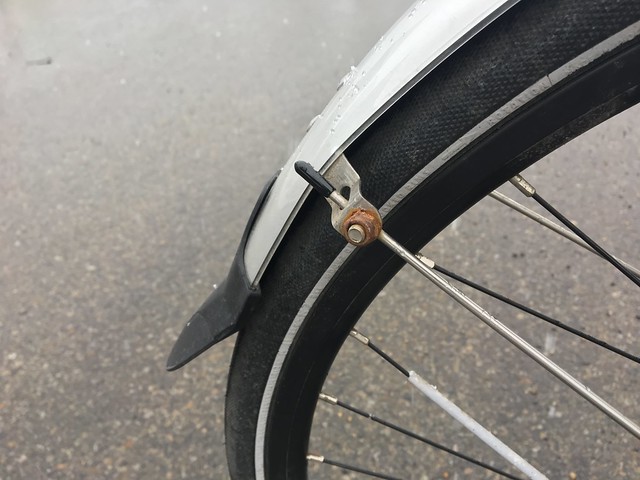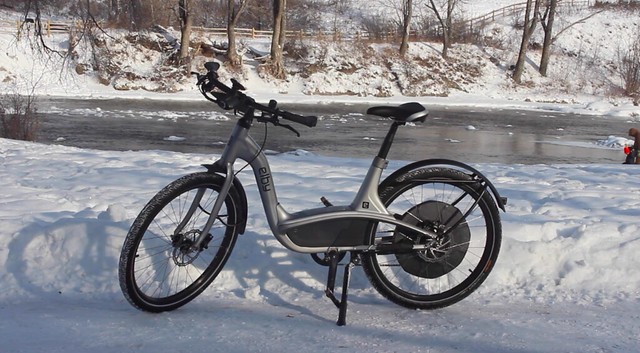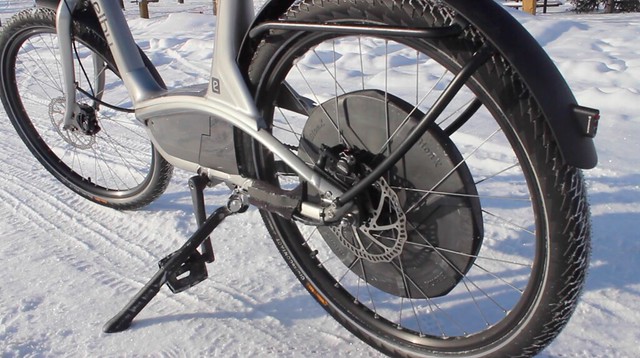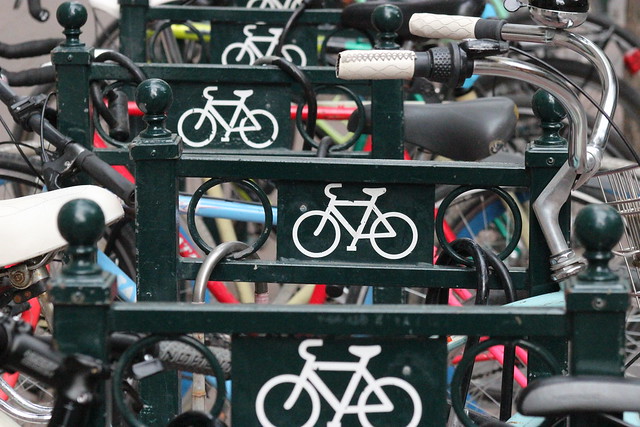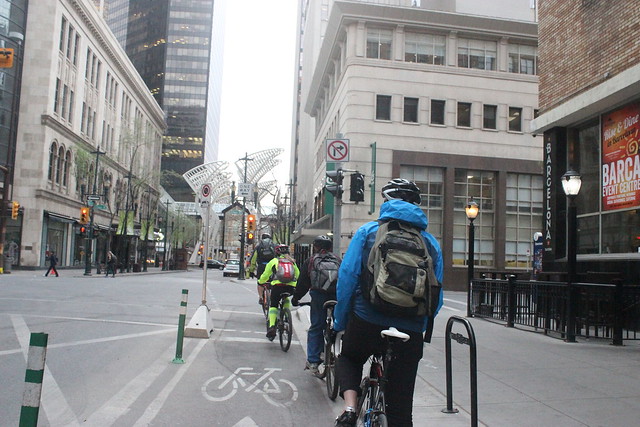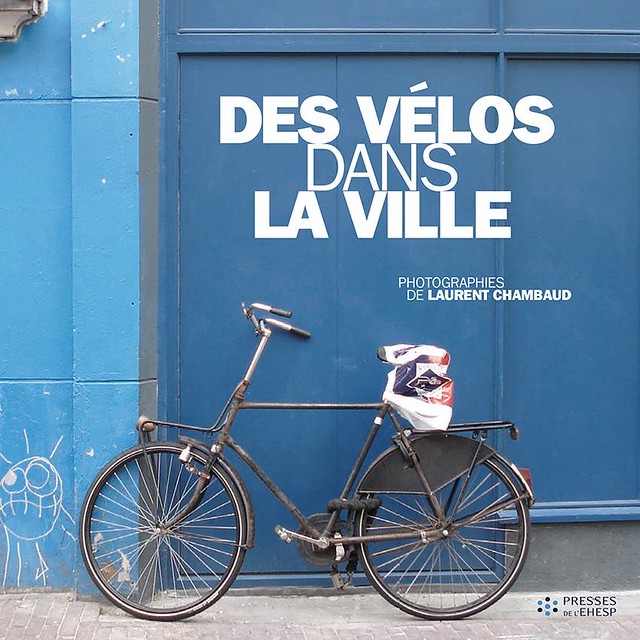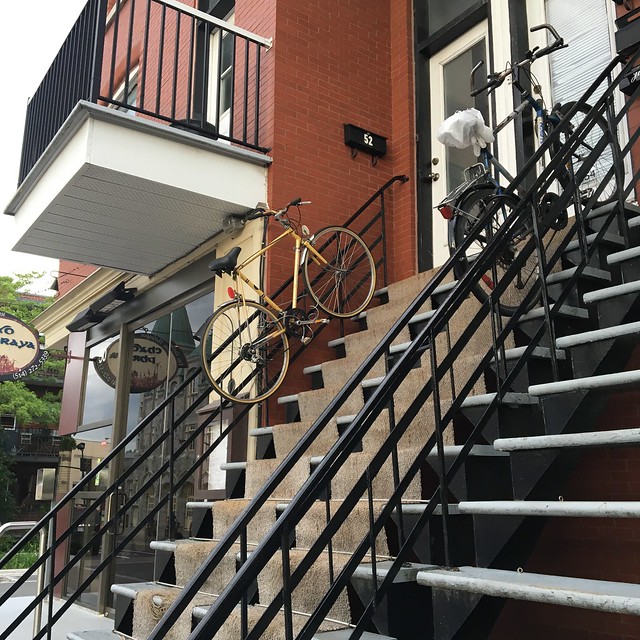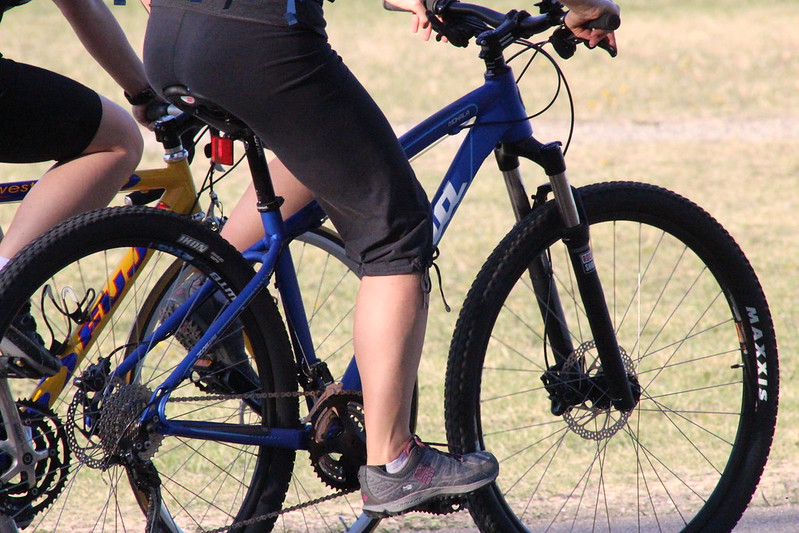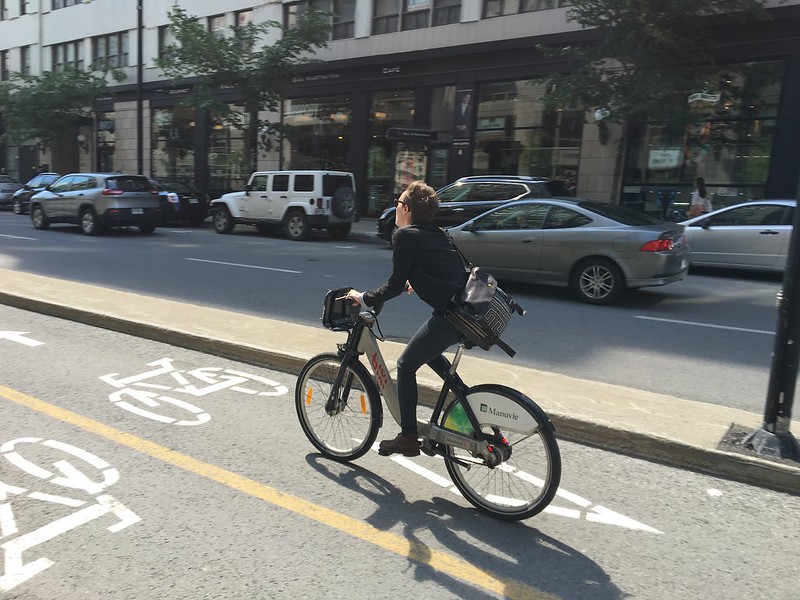On my most memorable ride this year, a 70 km highway ride up the highest paved mountain pass in Canada, I wore a helmet. On my recent mountain bike trip into the Rockies of southern B.C. , I wore a helmet. But in my last video, in which I rolled through the streets of Calgary’s new protected bike lanes, I did not.
That raised a few eyebrows, at least in the comments of the video on Facebook and YouTube, some of which you can see below.
There was enough of a conversation about the issue that I feel the need to offer some explanation. As someone who rides a lot, I’ve put much thought into the helmet question.
I’m not going to rehash the helmet debate. It’s an endless, and at this point rather fruitless, conversation. If you want to understand the reasons against wearing a helmet, I recommend reading this piece by Peter Walker and watching this Ted Talk by Mikael Colville-Andersen.
In a nutshell: I wear a helmet in situations in which I feel the risk of being struck by a car or the risk of crashing is great.
That means if I’m winter commuting on busy thoroughfares, I wear one. If I’m highway riding, or mountain biking, I wear one. Because I live in a city that is just getting started in building safe bike infrastructure, that means I often wear a helmet in the city.
But, most importantly to the video that sparked this post: if I’m riding on safe bike lanes that have a physical barrier between myself and vehicles, I don’t feel the need for a helmet.
This, I understand, can be difficult for people. “But you can fall off your bike anwhere, anytime,” I hear. “You can’t predict when you might crash.” This, to me, speaks to our irrational assessment of risk. There’s good science that says your chances of being killed on the roads are about equal for drivers, pedestrians and cyclists (Clarification: The rates vary depending on how the rates are measured, but in a nutshell, motorists have slightly lower fatality rates, cyclists and pedestrians are about equal, and all of them are far lower than motorcyclists. Check it out). In my city, for example, one pedestrian is struck by a car every day, on average. In the last decade, there were 3,834 pedestrian-involved collisions, resulting in 3,317 injuries and 95 fatalities. For comparison’s sake, between 2004-2008, of the 2,174 people who died in traffic collisions in Calgary: 1.4 per cent were bicyclists, 6.9 per cent were motorcyclists, 10.4 per cent were pedestrians, and 76.2 per cent were drivers or passengers.
In other words, you are hella more likely to be struck by a car by simply walking the streets than riding a bike on them*. Yet only cycling is perceived as dangerous enough to require a helmet. It makes no sense, yet helmet use has gone from the fringes to orthodoxy in a generation. It’s now so ingrained in many people that it’s unfathomable that someone would choose to ride without a helmet. Yet the idea of wearing a helmet as a pedestrian is so absurd as to be laughable. The most dangerous thing you will do in your day, statistically speaking, is drive a car, yet where is the helmet debate there? Such a suggestion would get you laughed out of the room. Yet, if we were to require helmets while driving, we would almost assuredly save more lives than if we require them on bikes.
This illogical helmet fundamentalism creates a false perception that cycling is inherently dangerous, which discourages people from riding. That discouragement is harmful. It means my city is not enjoying all of the benefits of a more robust bike culture, including the increased safety and health benefits that come when more people ride. Part of the reason that I chose not to wear a helmet in that video (other than the fact that I felt completely safe while riding the city’s separated bike lanes): I’m trying to combat that unnecessary culture of fear around cycling.
The other thing that bothers me about this whole debate is the way it distracts from the real issues around bicycle safety. While the data about the macro safety implications of bike helmets remain sketchy (and I’m lucky enough to live in a jurisdiction that hasn’t fallen for the false promise of a mandatory helmet law), it’s beyond debate that building a strong network of protected bike lanes creates a safer environment for people on bikes. If you really care about bike safety, this is where you should focus your efforts.
So if you choose to wear a helmet, I completely understand and support that decision. If it gets you on a bike, it’s a wonderful thing. I will continue to wear one for many of my rides. But if you spot me, or anybody else, riding without one, all I ask is that you stop before trying to shame them and give some thought to the real issues around bike safety that impact all of us.
* I just want to clarify this. The likelihood of death is about the same for cyclists, motorists and pedestrians, according to a study by UBC. In my city, more people are struck walking than cycling in raw numbers, but that doesn’t mean the proportional rate of collisions is the same.
Upate: A nice reaction to this piece came from Treehugger’s Lloyd Alter, including some fascinating information about perceptions that was new to me. It’s worth a look.


